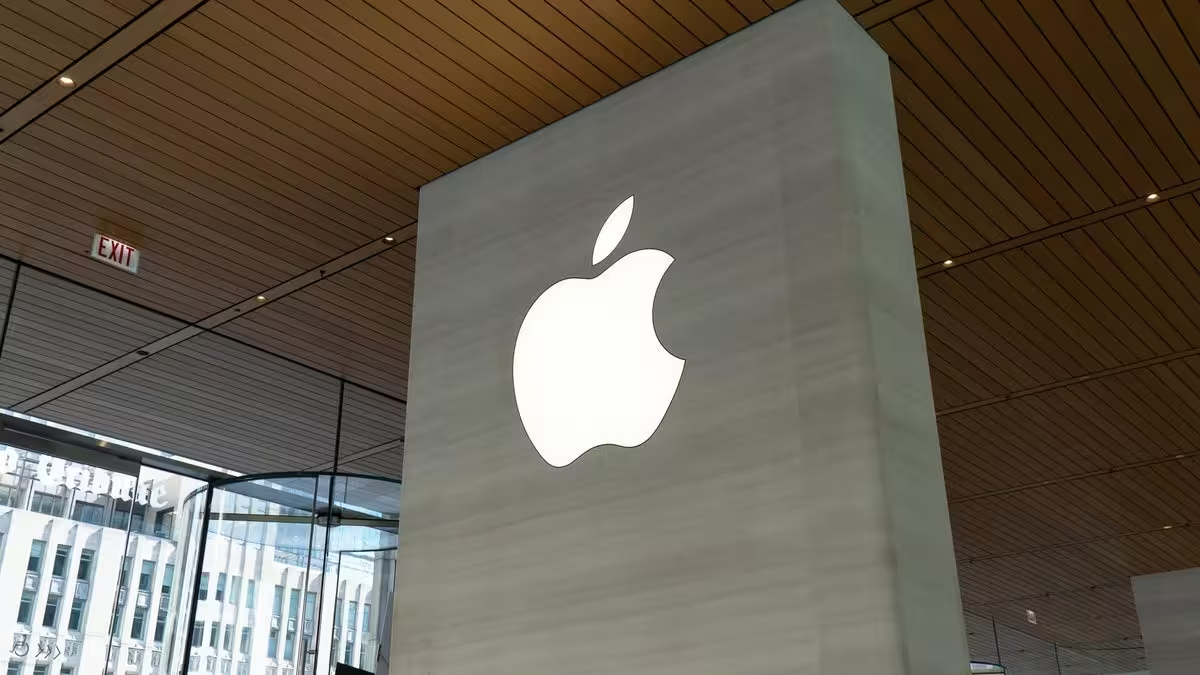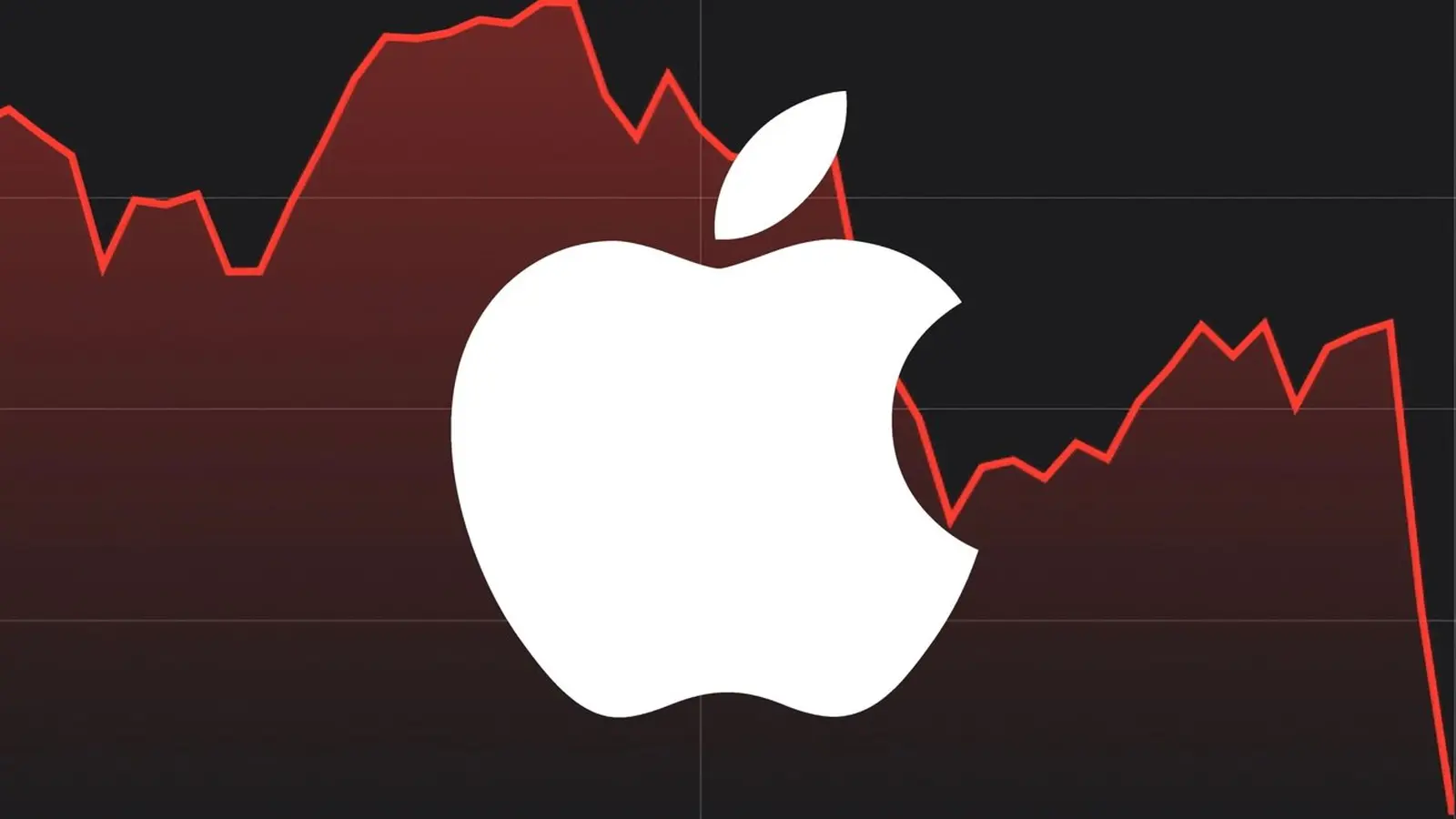4 Minutes
Apple shares climbed to fresh highs on Monday after a new sales report ignited investor enthusiasm. The lift came as early data pointed to stronger-than-expected demand for the iPhone 17 lineup, nudging Apple back into the spotlight for both retail buyers and large institutional holders.
iPhone 17 momentum drives a market jump
Shares of Apple hit an intraday record of $264.38 and closed at an all-time high of $262.24, up $9.95 or 3.94% on the session. The boost followed Counterpoint Research data showing the iPhone 17 series outsold the iPhone 16 in the first 10 days of availability by roughly 14%.
What’s behind the surge? In the U.S., the iPhone 17 Pro Max emerged as the top seller, while in China the base iPhone 17 doubled unit sales compared with the iPhone 16’s early performance. That kind of regional mix — a high-end pick in the U.S. and solid base-model traction in China — is exactly the kind of sales profile the market rewards.

Production shifts: iPhone Air and the strategy behind it
Apple reportedly trimmed production of the iPhone Air, yet the model is still outpacing its predecessor, the iPhone 16 Plus. That outcome illustrates Apple’s low-bar target for the Air: beat the model it replaced and keep the portfolio balanced. Meanwhile, the year’s base iPhone received a notable upgrade with a ProMotion display (variable 1–120Hz), narrowing the gap between standard and Pro models and likely helping lift overall unit demand.
Why production cuts aren’t always bad news
Cutting production can sound alarming, but in this case it may reflect supply-chain fine-tuning and an effort to prevent inventory overhang. If demand remains concentrated on a few models — like the Pro Max or the refreshed base iPhone — managing production across the lineup can preserve margins and keep reseller channels healthy.
A quick walk through Apple’s market muscle and wealth story
Apple’s market cap rose to about $3.89 trillion alongside the rally. The company’s long history on the public markets has created wealth on a huge scale: at the December 12, 1980 IPO, shares priced at $22 and closed the first day at $29. After five stock splits — the most recent a 4-for-1 in 2020 — the adjusted cost basis for early investors works out to roughly 10 cents a share.
That IPO made fortunes. Steve Jobs and Steve Wozniak famously saw their holdings surge in value; other early stakeholders also profited handsomely as Apple grew into a tech behemoth.
Who owns Apple now?
- Largest institutional owner: Vanguard, with about 9.5% of shares.
- Second-largest: BlackRock, holding roughly 7.7%.
- Largest individual owner: Chairman Arthur D. Levinson, with about 4.4 million shares (valued at more than $1.15 billion).
Apple CEO Tim Cook holds approximately 3.28 million shares — about 0.021% of the company — worth roughly $860 million to $900 million after the latest gains.
What this means for investors
Short-term, strong early sales of a new iPhone cycle often translate into renewed confidence and higher stock prices. Over the longer term, investor focus will shift to sustained demand, margin trends, services growth, and how Apple manages product mix and production across different models. For now, the iPhone 17’s early traction gave the market a reason to bid the stock higher.
Source: phonearena


Leave a Comment